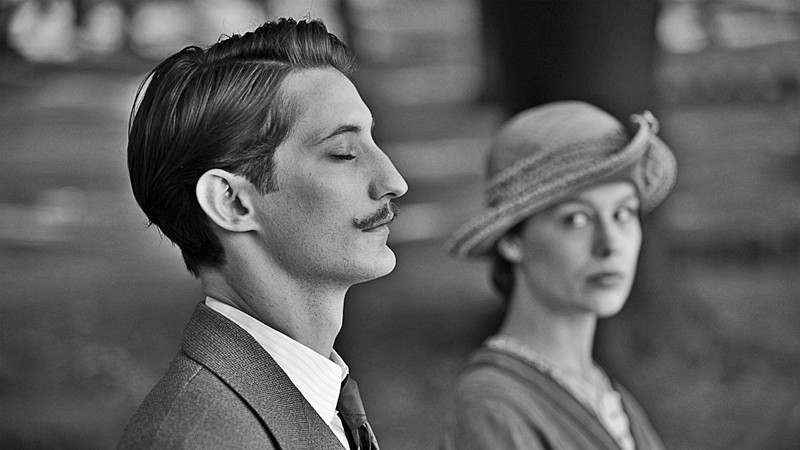
Every year there are a few films that are made in black and white. Some are hardcore genre pieces, some are low-budget nostalgia films, or mainly just as an element for the storytelling. Black-and-white films are filmed that way for a specific reason, regardless of why. Therefore, as we conclude this decade, here are the 10 great black-and-white films from the 2010s.
1. The Turin Horse (2011) – Bela Tarr
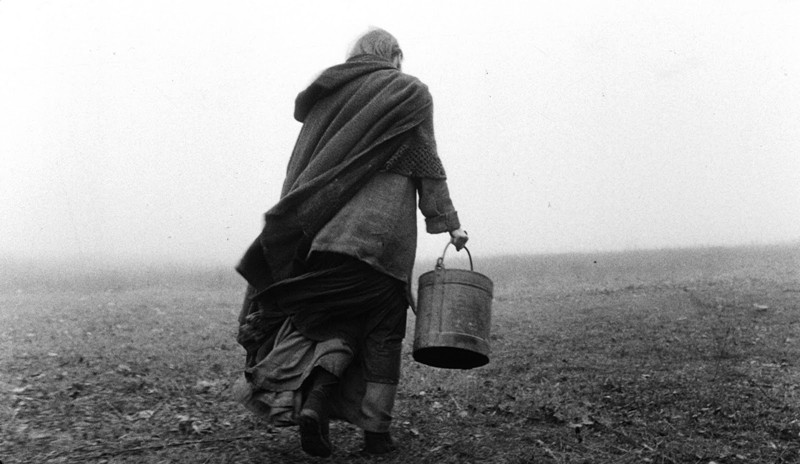
Starting off the decade with his swan song, Tarr crafts a film about the aftermath of the famous Turin breakdown from Fredrich Nietzsche. Instead of focusing on the famed philosopher, we follow the mundanity of a local family living in the countryside on their farm.
Composed of 30 long takes that pace out in real time, regardless of where the camera goes, we feel Tarr coming to the close of his career as he contemplates on subjects without answers, much like his filmography. He collaborates again with DP Fred Kelemen for this world he created. It’s almost like Tarr can’t create a mood or atmosphere without a black-and-white aesthetic, nor do we want him to.
The film can almost be deemed perfect for its black-and-white imagery and roving camerawork. Unfortunately, Tarr has stuck to his retirement, but he kicked off the decade in a great grey way and left us a film to rewatch endlessly in a deep, reflective state of mind.
2. Blancanieves (2012) – Pablo Berger
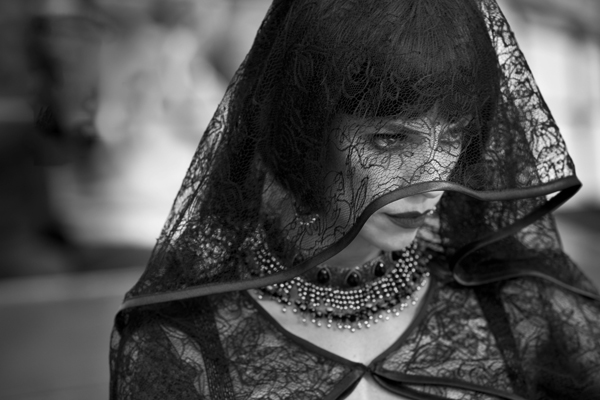
A film that was being written during the release of “The Artist,” Berger crafted a film that he referred to as “a love letter to European silent cinema” based off of the classic Grimm tale of Snow White.
Updating the story to the 1920s in Seville and focusing in on a Spanish female bullfighter, we can tell where the story will go. Therefore, since the audience is already familiar with the narrative, Berger has to make a visually striking film and he certainly achieves this in pure originality. From the photographic framing of close-ups to the claustrophobic circus settings, fighting areas, skulls in apples, and so much more, every image to the next is one to behold.
With no dialogue or speech, the sound and score are always present, which only heightens the emotional stakes of tension, suspense, and the ever-gazing close ups of love. Berger proved you can take classic tales and make them surprisingly fresh, even told in ways from nearly 100 years ago.
3. Frances Ha (2012) – Noah Baumbach
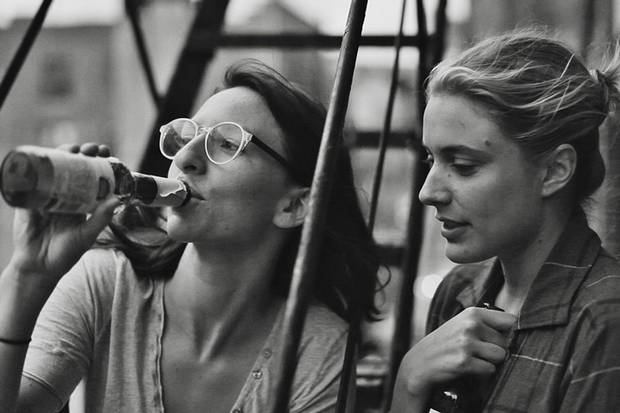
A light-toned coming-of-age comedy reminiscent of the French New Wave, including some musical cues as well, that brought Greta Gerwig to her full deserved attention. Despite the film having an indie feel-good vibe, it doesn’t adhere to that at all.
Within its first few moments, you can sense that we are watching a film made and composed by film lovers. With numerous visual homages or mise en scene where the characters move, talk, and act in a specific way, it’s a film that is hard to not adore.
Co-written by Gerwig and Noah Baumbach, it allows its lead actress to shine in her aloofness in zany, and colorful ways, despite being filmed in pure soft-focused black and white. With its low budget and having been shot on Canon EOS Mark II, the film delivers a pure filmic quality. From start to finish, the film feels like a classic New York indie feel with a European twist, only made in black and white.
4. Nebraska (2013) – Alexander Payne
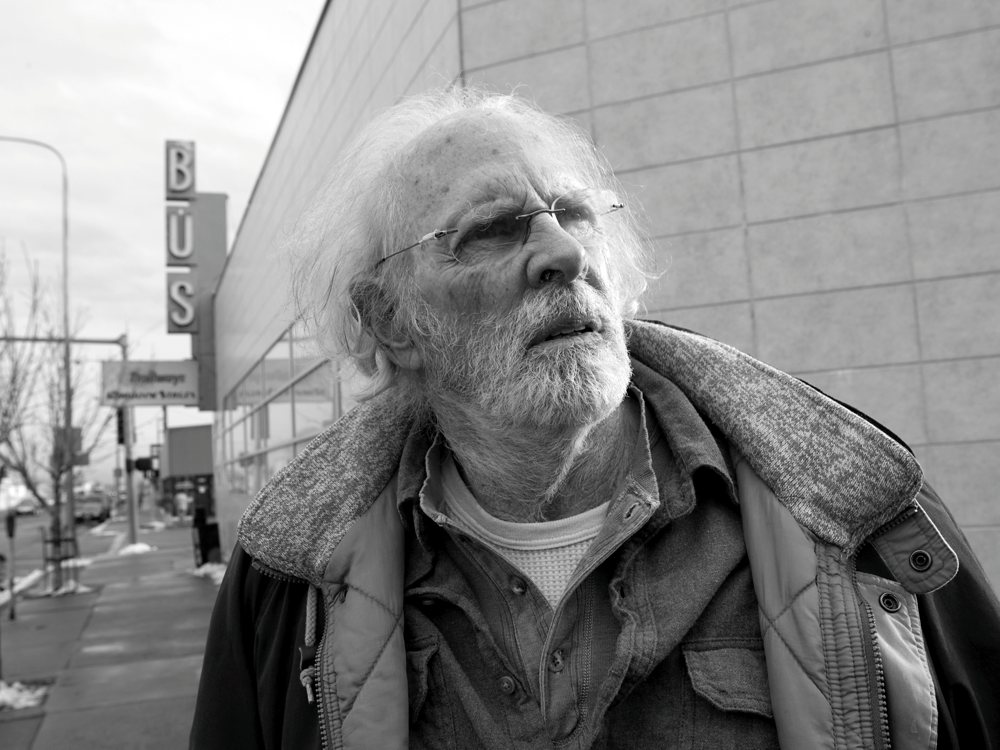
When asked why he shot this film in black and white, Payne casually responded with, “It’s cool and against the norm of the beautiful Nebraska plains.” Therefore, maybe with his go-to DP Phedon Papamichael, he simply wanted to make their most visually stunning film, and they certainly did.
The story revolves around an estranged son taking his delusional, alcoholic father from Montana to Nebraska to claim his million dollar prize. And the look of the film perfectly fills out the feeling, mood, and characters of this film. In spite of Payne talking nonchalantly about the filming, he wanted an iconic, archetypal look and it certainly is effective. It adds to the ennui, the comically confused and desolate lives these characters live and the world they live in.
You can’t really visualize this film in color (despite being filmed in color) after you’ve experienced it the way it is presented. Payne usually tells stories that take place in his native Nebraska, but somehow here, regardless of the title, it feels personal, astute, and important.
5. Ida (2014) – Paweł Pawlikowski
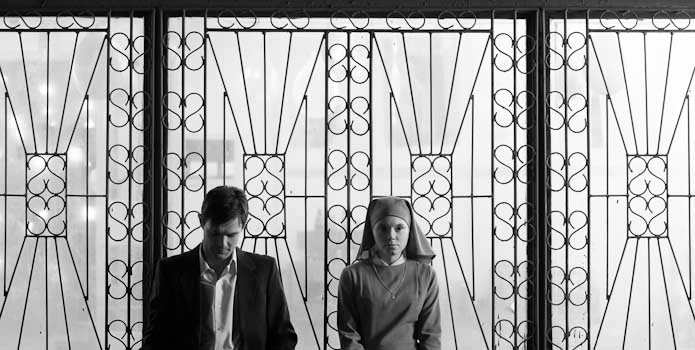
A transcendental, minimalist film that struck a chord in world cinema has seemed to be forgotten. Pawlikowski tells the story of a young woman about to take her vows to become a nun in Poland in 1962, and her road trip of self-discovery to find her Jewish origin.
The film is told in static full-framed images with little to no camera movement until the closing moments, which evoke a sense of dread, patience, and observance, especially of non-actor Agata Trzebuchowska’s Ida and her family’s past. The feeling of this film and the path Ida takes make us ponder, question, and accept this journey. However, Pawlikowski really reached new heights by radically changing his filmmaking style and creating a film that would have Bresson or Ozu applauding.
It’s hard to not feel the emotional weight of the mood and atmosphere in the film, truly drenched from the never-recovering wounds of World War II and communist Poland. Therefore, this film could exist no other way than black and white and specifically the aesthetic in which it was told.